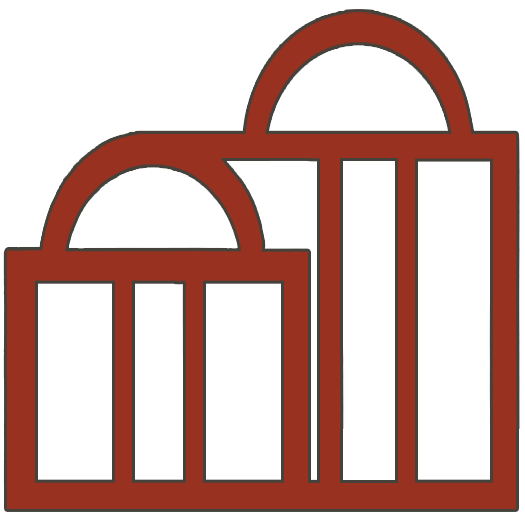Yes, the park's amenities, such as restrooms or concessions, can indeed reflect the building's interior design style, creating a cohesive experience for visitors. When the design elements of a park's amenities harmonize with the overall architectural style, it can enhance the visitor's experience and create a unified atmosphere. Here are the key details to understand:
1. Cohesive Experience: By aligning the design style of amenities like restrooms or concessions with the building's interior design style, a consistent theme is established. This coherence ensures that visitors feel a natural flow between the indoor and outdoor spaces, enhancing their overall park experience.
2. Design Elements: The design elements that bridge the gap between the building's interior and the park's amenities can include architectural features, materials, color schemes, furniture, lighting, and signage. These elements should complement each other to create a harmonious visual connection.
3. Architectural Style: The architecture of both the building and the park's amenities should share similarities, be it modern, classical, rustic, or any other style. For example, if the building's interior design follows a modern aesthetic, the park's facilities can feature sleek lines, minimalist forms, and contemporary materials to maintain consistency.
4. Material Choices: The choice of materials used in the building's interior design can be reflected in the park's amenities. For instance, if the building incorporates natural wood, stone, or metal finishes, these materials can be replicated in the design of restroom facilities or concession stands within the park.
5. Color Palette: Harmonizing the color palette helps to create a visual link between the building and the park's amenities. Common colors or color schemes used in the building's interior design can be utilized in the selection of paints, tiles, or decorative elements in the amenities area.
6. Furniture and Lighting: The style of furniture and lighting fixtures in the building can also be reflected in the amenities. This can include utilizing similar shapes, materials, or design details in the seating arrangements, tables, or lighting fixtures within the park's concessions or restroom areas.
7. Branding and Signage: If the building carries any specific branding or signage elements, it can be beneficial to extend them to the park's amenities. This creates a seamless transition and reinforces the overall identity of the park.
By considering these various details and incorporating the design style and elements of the building's interior into the park's amenities, a cohesive experience is created. Visitors will feel the connection between the indoor and outdoor spaces, enhancing their overall enjoyment and immersion in the park environment.
Publication date:
